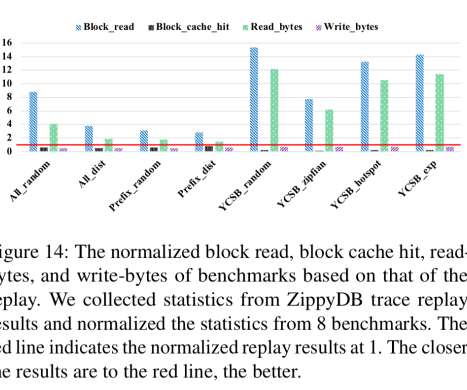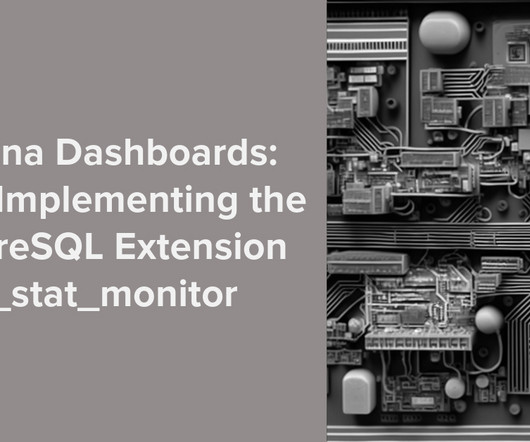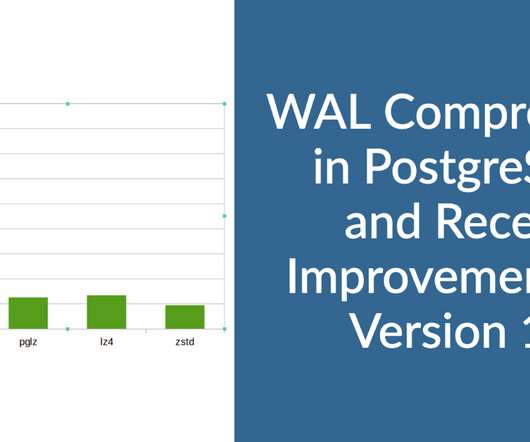Maximizing Performance of AWS RDS for MySQL with Dedicated Log Volumes
Percona
DECEMBER 11, 2023
A Dedicated Log Volume (DLV) is a specialized storage volume designed to house database transaction logs separately from the volume containing the database tables. DLVs are particularly advantageous for databases with large allocated storage, high I/O per second (IOPS) requirements, or latency-sensitive workloads.







































Let's personalize your content